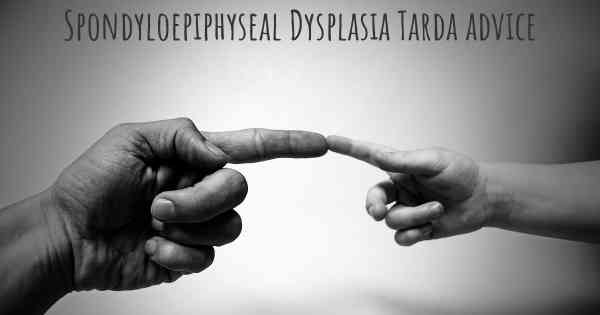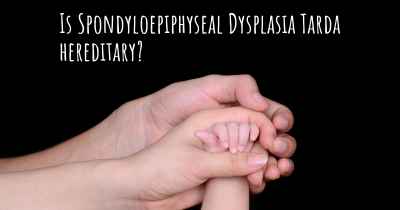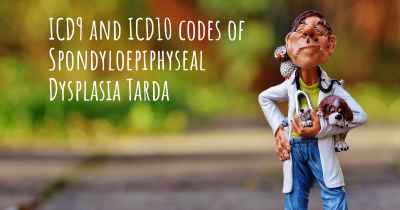Which advice would you give to someone who has just been diagnosed with Spondyloepiphyseal Dysplasia Tarda?
See some advice from people with experience in Spondyloepiphyseal Dysplasia Tarda to people who have just been diagnosed with Spondyloepiphyseal Dysplasia Tarda

Spondyloepiphyseal Dysplasia Tarda (SEDT) is a rare genetic disorder that affects bone and cartilage development, leading to various physical challenges. If you have recently been diagnosed with SEDT, it is understandable that you may have concerns and questions about your condition. While I am not a medical professional, I can offer some general advice and support to help you navigate this journey.
1. Seek Professional Guidance
It is crucial to consult with a healthcare professional who specializes in genetic disorders or orthopedics. They can provide you with accurate information about SEDT, explain the specific implications for your case, and guide you through the available treatment options.
2. Educate Yourself
Take the time to learn about SEDT from reliable sources such as medical literature, reputable websites, and patient support organizations. Understanding the condition will empower you to make informed decisions about your healthcare and lifestyle.
3. Connect with Support Networks
Joining support groups or online communities can be immensely beneficial. Connecting with individuals who share similar experiences can provide emotional support, practical advice, and a sense of belonging. These communities can also be a valuable source of information about coping strategies and available resources.
4. Develop a Comprehensive Treatment Plan
Work closely with your healthcare team to develop a personalized treatment plan. This may involve a combination of physical therapy, pain management techniques, assistive devices, and, in some cases, surgical interventions. Regular check-ups and monitoring will be essential to track your progress and adjust the treatment plan as needed.
5. Prioritize Self-Care
Living with SEDT may present physical and emotional challenges, so it is crucial to prioritize self-care. This includes maintaining a healthy lifestyle, managing stress, getting sufficient rest, and engaging in activities that bring you joy and fulfillment. Remember to listen to your body and communicate openly with your healthcare team about any concerns or difficulties you may encounter.
6. Advocate for Yourself
As you navigate life with SEDT, it is important to become your own advocate. Be proactive in seeking appropriate accommodations, accessibility options, and support services that can enhance your quality of life. Educate others about your condition to foster understanding and empathy.
7. Embrace a Positive Mindset
While SEDT may present challenges, maintaining a positive mindset can make a significant difference in your overall well-being. Surround yourself with a supportive network of family and friends, engage in activities that bring you happiness, and celebrate your achievements, no matter how small they may seem.
Remember, every individual's experience with SEDT is unique, and the advice provided here is general in nature. Always consult with your healthcare team for personalized guidance and support. They will be your best resource in managing your condition and improving your quality of life.
Posted Sep 29, 2017 by loslolindsay 1400








